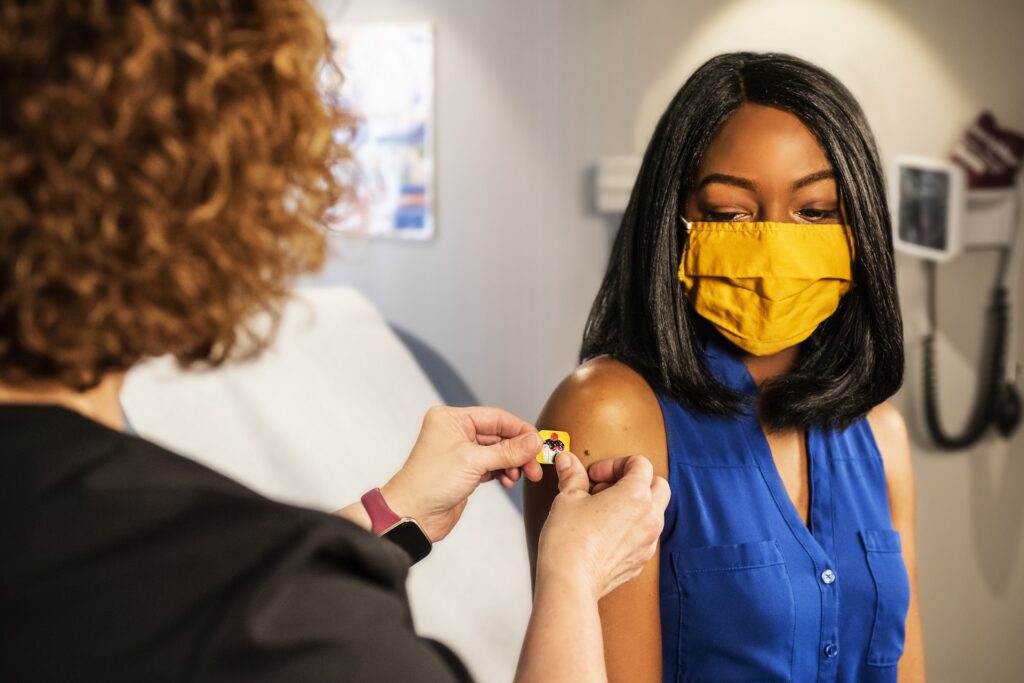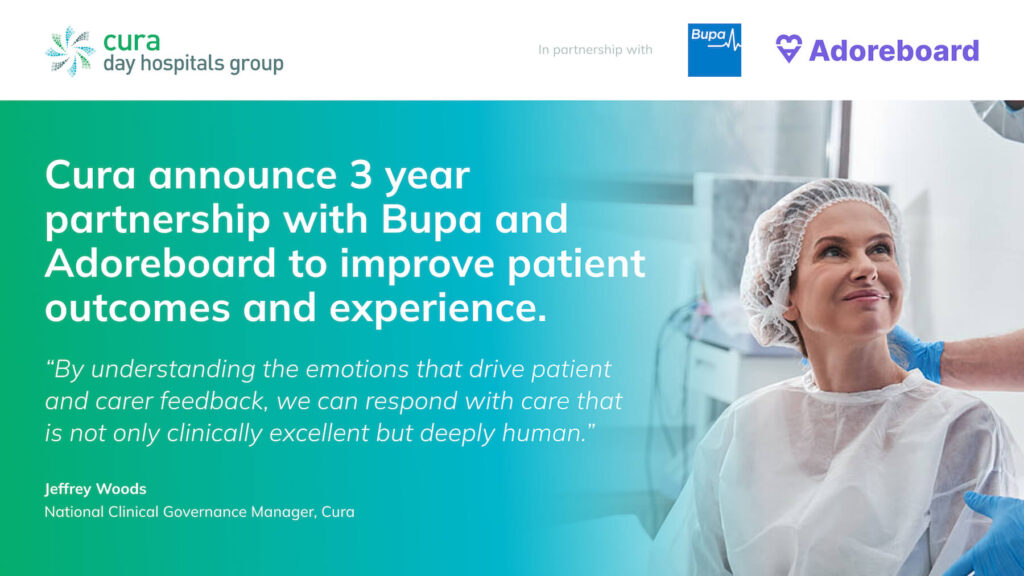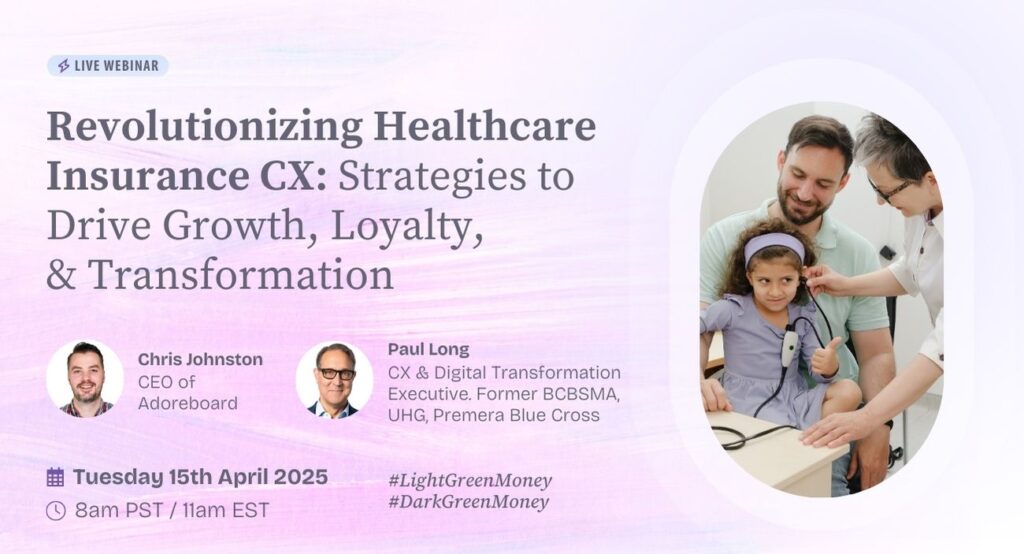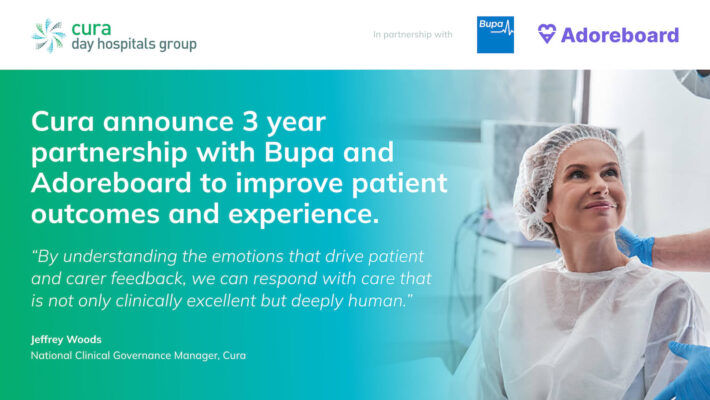If there’s anything that this post-Covid world has taught us to appreciate, it’s the tireless work of healthcare providers. While we often see the work they do putting us back together, a lot of their efforts to make the patient journey and experience as smooth as possible often fly under the radar.
Healthscope are one of Australia’s largest private hospital providers with 5,400 beds and employing over 18,000 medical practitioners nationwide, they provide the good people of Australia with a range of acute, psychiatric, and rehabilitation care services.
Healthscope’s National Patient Experience Manager, Jeffrey Woods joined us through the magic of the internet to discuss how his team use Adoreboard to move to a more digital, insight driven way of improving the patient journey and patient experience (PX).
Patient Journey Mapping: exploring what makes patients happy
Looking to drive patient experience means more to Healthscope than simply benchmarking against competitors. Jeffrey cites over 55 academic studies that show a positive correlation between positive patient journey / experience and the clinical effectiveness of treating disease.
Patients are different to commercial customers, despite the fact they’re still exchanging money for a service. At the end of the day, their proposition boiled down to one simple question:
“Why should a patient pick going to a private hospital over a public one where everything is free?”
Patients have emotional concerns around their bodies and futures, so their experience when they pay for healthcare has to be as pleasant as possible. However, with high expectations, comes the opportunity to improve.
“Private healthcare can cost a lot of money so people’s expectations are very high and we weren’t always meeting that expectation. We had a great opportunity to improve the way we deliver care with our service.”
Healthscope have always used patient feedback and patient journey mapping to try and improve but until recently had been relying on physical paper surveys. Tried and tested but not how they should be listening to patients in this day and age, which is why they turned to electronic data collection and Adoreboard.
Manually looking at paper surveys and marking against NPS can be good for benchmarking, but it didn’t get to the heart of why patients felt certain ways for certain hospitals and it was time-consuming.
“An appendectomy is an appendectomy; what’s going to be the difference behind that is the service and the way we make people feel. That’s going to drive that loyalty.”
A digital future for patient journey and decision ready insights
Healthscope saw that they would be able to quantify the fruits of their change in approach by measuring how NPS and thus patient experience could be improved across their patient base. Specifically, whether could they see a correlation between the Adorescore and NPS. Those insights could then be used to predict the main drivers of PX (spoiler warning: they could).
They started with the incremental improvements that small, immediate solutions in the patient journey could be found for.
“We had such a tremendous improvement early on but after we had solved the quick wins, we had to dig deeper.”
Sure enough, they soon found a correlation between high Adorescores and NPS, with a 0.741 correlation overall. On a more granular level, they saw a strong correlation between fear (-0.764) and sadness (-0.793) with pushing down NPS. In the other direction, when joy increased, NPS increased alongside it.
How to improve patient journey and experience
So, how do Healthscope take these predictive insights and turn them into action? According to Jeffrey, it was mainly a case of using Adoreboard’s platform to group respondents to identify themes and begin establishing what people liked and didn’t like about them.
For instance, 46 patients mentioned the act of having their blood pressure taken and displayed severely negative emotions. However, once these themes were looked at more granularly, it highlighted differences between the team’s perceptions of patient priorities and the reality.
“If we moved forward based on our own interpretation of the data, we would have built a whole process around managing high or low blood pressure but that wasn’t the actual problem. The actual problem was the distress and the pain caused by the taking of the blood pressure cuff and the impact that had on trust.”
It was a simple act that many of the nurses took for granted as it’s undertaken hundreds of times a day. However, to an individual patient, this level of discomfort impacted their trust in the hospital in general and drastically dragged down NPS.
With Adoreboard, Healthscope were able to identify this blood pressure part of the patient journey as a driver that was causing a reduction in patient trust by 33% and an increase in sadness of 88%!
By addressing this issue with retraining and different blood pressure cuffs, Adoreboard predicted a potential 18% increase in NPS which, naturally, was achieved.
(Waiting) room for improvement
Healthscope had a similar issue when they saw an overwhelming number of patients express anger when waiting rooms were mentioned. Again, with their medical hats on, it wasn’t until Adoreboard allowed them to drill down into the data for them to see the human emotions driving this trend.
“We immediately wanted to make them prettier, nicer places to be. That wouldn’t have solved the problem because their experience involved coming in at 6am and being put in a gown, sat in a waiting room with no devices in a room of strangers. It wasn’t the environment, it was the experiences around the waiting room.”
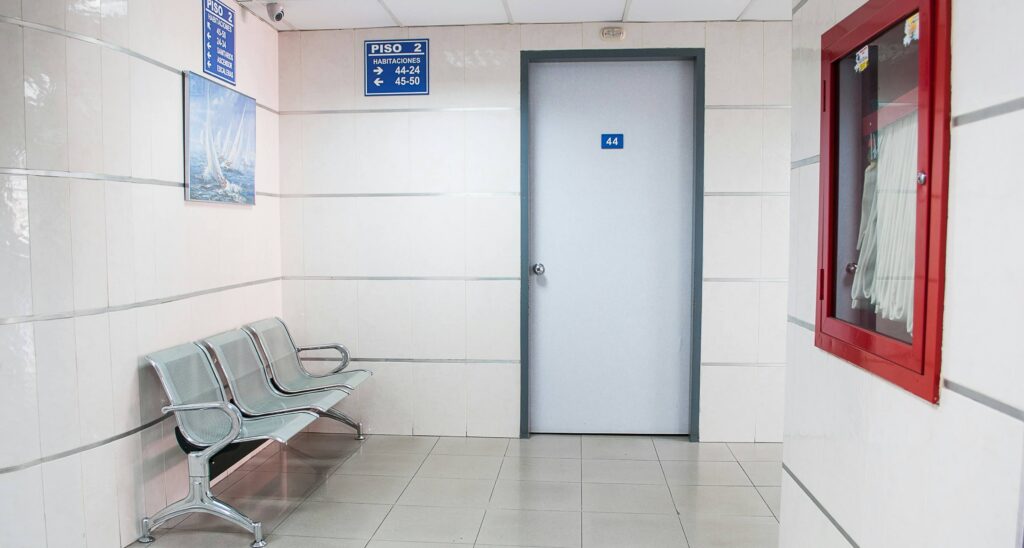
This was an early stage in their patient journey that kicked off with an experience of anger, increased by 79% for those having a bad waiting room experience. However, by addressing small things like letting patients stay in their own clothes and having them keep their devices until the last minute, Adoreboard predicted an increase of 16% in NPS. 💕
Keeping up with COVID
While Covid did bring with it lots of new challenges, it gave Healthscope the opportunity to refine their strategy and even use predictive insights to increase the patient journey and experience during this time.
“We expected to see a significant impact based on the change in operations, and the fear and anxiety around the virus. What we actually saw was a shift to healthcare workers being valued for the things we do every day.”
By constantly surveying patients within a week of treatment, Healthscope were able to adapt their strategies and react accordingly to assuage fears during this difficult time.
While the data did show that over this period Healthscope saw a reduction in joy (23%) and trust (7.5%) with an increase in sadness (28%), a closer look saw that this was mainly due to external concerns around Covid. Views of hospital staff and experience overall were positive. It also gave Jeffrey and the team real-time data to see where patients required further assistance to have a better experience.
For instance, they saw that 6.8% of all Covid mentions involved signage but this contributed to a 20% increase in apprehension and a 30% increase in sadness.
“When we first went into this, the quickest and easiest signs we could make were in English. So we had beautiful signs but as soon as a non-English speaker came in, that’s where we ran into issues.”
Along with this, government advice on the pandemic was changing almost every week, so posters would often go out of date right after production. By using disposable placemats with the latest guidance printed on them in Australia’s five main languages, Healthscope were able to be a lot quicker off the mark when it came to Covid messaging and an improved customer journey.
All these agile fixes and assurances contributed to an overall increase to Healthscope’s NPS of 2.5%.
"Over the last five years, working with Adoreboard has been a revelation. We increased our NPS by 13% and our satisfaction quarter-by-quarter.”

National Director - Clinical Governance, Healthscope, Australia
Adoreboard helps Healthscope improve their customer journey & experience
We did this by making it easy to gain actionable insights that enabled them to keep people at the forefront of care.
Healthcare professionals are, by their very nature, concerned with the wellbeing of those around them. While always seeking to help people recover and live the happiest lives possible, it can be possible to sometimes lose sight on what a patient prioritises during their own hospital visits.
“As a nurse or member of staff they look after lots and lots of individuals but after a while it can become like one big patient. We’re human beings looking after human beings and we’re emotional beings. We’re driven by emotion – we pretend we’re not but we are.”
The last thing a care giver wants is for a patient to not be comfortable, so Healthscope’s commitment to really listening to what they’re saying, along with the emotional context behind it, is responsible for their continued improvement of patient journey and experience. Jeffrey attributes a lot of their success in driving PX to Adoreboard’s ability to contextualise data in a way that means something to those on the front lines of healthcare.
“Generally speaking frontline staff don’t really care about data, they care about people. We’d talk to staff about their overall rating of care and they’d ask what it means. When we engaged with Adoreboard, all of sudden we could tell them that a particular experience left patients feeling disgust, fear, or joy – we can all relate to these emotions.”
It’s always a privilege to work with people whose work is to heal and nurture, and we’re delighted that Healthscope acknowledge that Adoreboard have helped them improve the experience of their patients. As Jeffrey kindly concludes:
“I would have killed for Adoreboard back when I was working in the US. If we could have understood the emotions behind the feedback it would have saved us so much time and money. If you pick a good partner like Adoreboard to work with they will guide you every step of the way.”
You can read the Healthscope case study here.
Want to improve your patient journey and experience?
Would you like to have a chat with us about improving the patient journey and experience in your hospital or healthcare establishment? Reach out and book a demo where we can show you how we can help.
